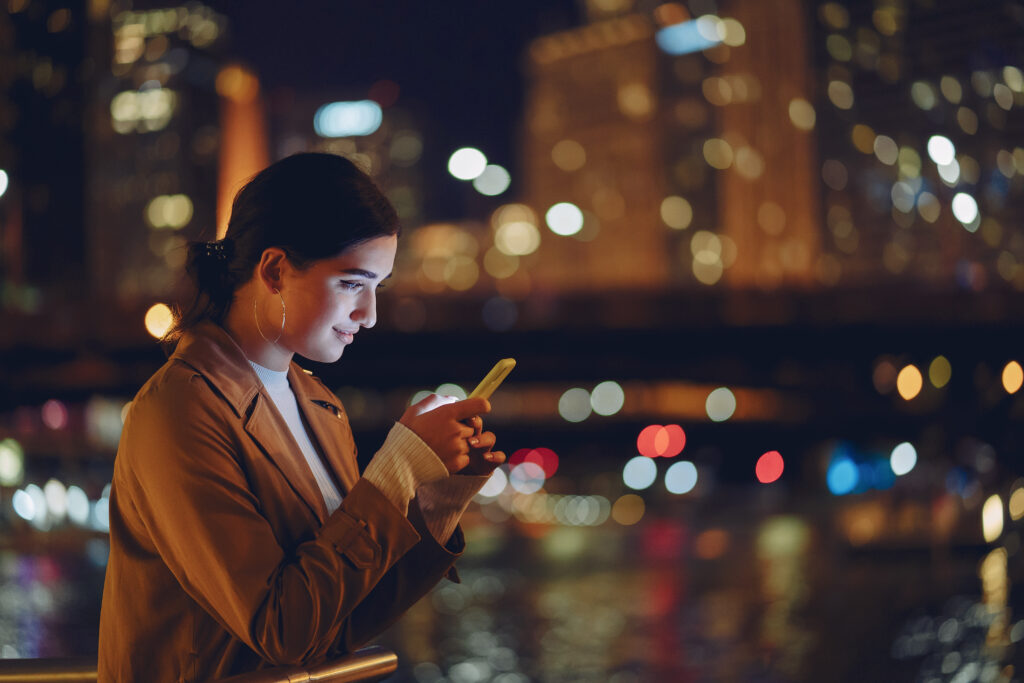SIM provisioning is the process of activating, configuring and managing Subscriber Identity Module (SIM) cards for mobile devices, such as user smartphones, tablets and connected, autonomous IoT devices.
To configure a SIM card’s primary cellular routing and carriers, the SIM card needs to be activated and configured with that network operator’s settings before it can be used.
The process is known as SIM provisioning, which can be completed with a traditional UICC or eUICC SIM card.
SIM provisioning is an important part of the mobile systems authentication processes and therefore ecosystem. It helps to ensure that clients and users can access their expected and needed services without any complications.
Please read this post to learn more about how provisioning works and the role it plays in IoT devices.


What is the SIM provisioning process?
The SIM provisioning process is a critical part of the mobile ecosystem that involves activating, configuring and managing SIM cards for B2B IoT users and consumers. It allows enterprise clients and users to access mobile services from their IoT devices with a specific network operator and their routing systems and roaming agreements. The first step of IoT SIM provisioning involves verifying the required communications plan and the client’s identity. In this instance, this is usually an MNO or MVNO. The communications plan is important as MVNOs and MNOs create products or types of services that are geared towards particular use cases or regional roaming plans. These are needed to ensure that products can be held in stock and readily supplied to clients who need them quickly or fit a certain SIM product or pricing plan. The process also includes configuring the SIM card with network settings, such as data plan and roaming preferences. For example, what if voice traffic is needed or a closed or open SMS service? These types of services require specific routing and can be difficult, cost-prohibitive, or impossible to change post-provisioning depending upon the core operator policies and systems. Secure SIM provisioning means that key settings are stored on their SIM card device and prevent unauthorised access or tampering. Important, as post-delivery changes could create routing issues or unexpected costs.
What is remote SIM provisioning?
Remote SIM provisioning (RSP) is a secure service technology that allows SIM cards to be securely and remotely activated, configured and managed over-the-air (OTA) according to the GSMA standards. This eUICC technology is based on the GSMA Remote Provisioning Architecture (RPA), which enables mobile operators to provision SIMs remotely. Remote SIM provisioning allows operators to ensure that only authenticated users can access the service. Typically, this is MNO-approved eUICC platform providers or MNO-approved partners. Security is provided by adherence to the accepted GSMA protocols and standards and through rigorous integration, testing and approvals. RSP technology is increasingly important as more eUICC devices need to be connected to cellular networks and as mobile services become more diverse in terms of consumer eSIMs and global IoT deployments. It is important to remember, however, for RSP functionality to operate, the SIM card provider and the RSP service provider must have the relevant commercial agreements and be fully integrated for changes to be applied beyond the manufactured and provisioned bootstrap profile.Importance of remote SIM provisioning in IoT
Remote SIM provisioning is becoming increasingly important in the Internet of Things (IoT) space. This is due to the ability to provision SIM cards with multiple IMSI profiles and free IMSI slots that can be used post-deployment. It provides a greater degree of flexibility, provided roaming agreements for those IMSI profiles are solid, use Tier 1 carriers and provide cost-effective regional coverage. It means that there is the potential for switching between roaming providers based upon the region the IoT device is in and the ability to switch roaming providers if there is a problem on the core network of a roaming provider. A key issue which enables downtime caused by core network outages to be reduced. RSP technology allows MVNOs and MNOs to securely activate, configure and manage SIM cards for large numbers of connected devices that they have provisioned and distributed to customers.Can I use remote SIM card provisioning with multi-IMSI SIM Cards?
Yes, remote SIM provisioning can be used with Multi-IMSI (International Mobile Subscriber Identity), which is a SIM card that is configured to support multiple mobile operator providers. This means that a SIM card can be provided with two or more central operator’s roaming profiles. There are several reasons why this might be preferential for an IoT service provider:- A more flexible and more cost-effective geographical footprint in some difficult territories.
- To provide the ability to localise the SIM card when the device enters a country where roaming or permanent roaming are banned.
- Where the nature of the critical connectivity means that a second core network is needed to overcome any outages on the primary roaming network provider. For example, life critical, business critical and mission critical IoT devices.

